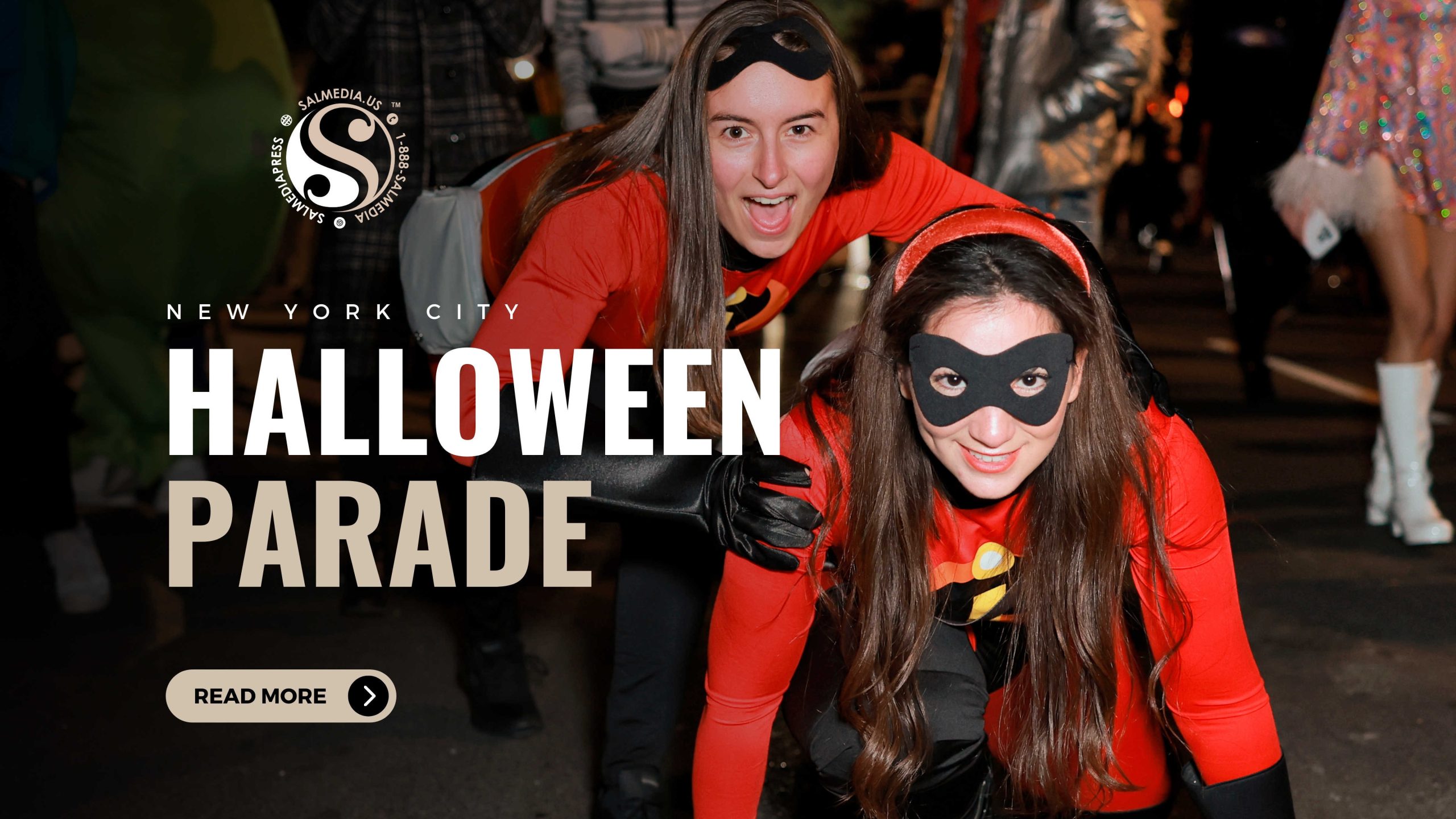
Capturing the Spectacle: NYC Halloween Parade
As the sun dipped below the iconic skyscrapers of Manhattan, the streets of New York City came alive with a...
Read More >>Introduction
New York City, famously known as the melting pot of cultures and traditions, hosts an extraordinary event each year that showcases the vibrant and diverse tapestry of the Americas. The Festival of The Americas, held annually in the heart of this bustling metropolis, brings together people from all corners of the continent to celebrate their shared heritage and unique identities. This grand fiesta is a testament to the power of unity, cultural exchange, and the rich tapestry of the Americas.
A Brief History
The Festival of The Americas in New York City traces its roots back to the early 20th century when immigrants from various Latin American countries started settling in the city. These communities sought to maintain their cultural connections and preserve their traditions amidst the challenges of assimilation and adapting to a new environment. In the spirit of unity, they organized an event to showcase the beauty and diversity of their respective cultures.
Over the decades, the festival evolved into a grand affair, attracting Latin American communities and people from North America, the Caribbean, and Central America. The event symbolized solidarity among all Americans, promoting cross-cultural understanding and fostering a sense of belonging in a foreign land.
The Celebration
The Festival of The Americas is an annual extravaganza that takes place typically during the year’s warm months to encourage maximum participation. 6th Avenue, or the Avenue of the Americas, was the location of this year’s festival.
Food vendors line the park, offering a delectable array of dishes representing the various cuisines of the Americas. From succulent Argentinian asados to mouthwatering Mexican tacos, the gastronomic delights cater to all taste buds, providing a gastronomic journey through the diverse flavors of the continent.
Artisans and craftsmen also set up stalls, displaying their exquisite creations ranging from intricate handmade jewelry to vibrant textiles and art pieces that reflect the cultural richness of the Americas. Visitors have the chance to purchase unique souvenirs and support local artists, adding to the festival’s sense of community and shared heritage.
Sal from Sal Media was greatly inspired by this event and took a multitude of photos and videos that encompassed this cultural display. From 45th Street to 50th Street on 6th Avenue, Sal caught the expressions and excitement of the people who made their way through the festival. He also showcased the stalls that were there and the different cuisines that were being offered. Sal said that the experience was a fun one, with so many people from different cultures taking part in each other’s heritage.
Beyond the Celebrations
While the festivities of the Festival of The Americas are undoubtedly the highlight of the event, it also serves a more profound purpose. The festival plays a crucial role in promoting cultural exchange, tolerance, and understanding among different communities. It provides an opportunity for people of diverse backgrounds to learn from one another, fostering an environment of inclusivity and unity.
The event also serves as a platform to address social and political issues relevant to the Americas. Seminars, panel discussions, and workshops are organized to raise awareness about topics such as immigration, human rights, and environmental sustainability, encouraging a sense of responsibility toward the broader community.
Conclusion
The Festival of The Americas in New York City stands as a shining example of the city’s commitment to celebrating its rich cultural heritage. It offers a space where people from diverse backgrounds can come together to revel in their shared identity as Americans, regardless of their country of origin. Through music, dance, food, and art, this grand fiesta reinforces the power of unity and understanding, reminding us all that we are stronger when we embrace our differences and celebrate our similarities. As the sun sets on another successful festival, the spirit of camaraderie and cultural exchange continues to inspire both the participants and observers alike, leaving an indelible mark on the city’s cultural landscape.
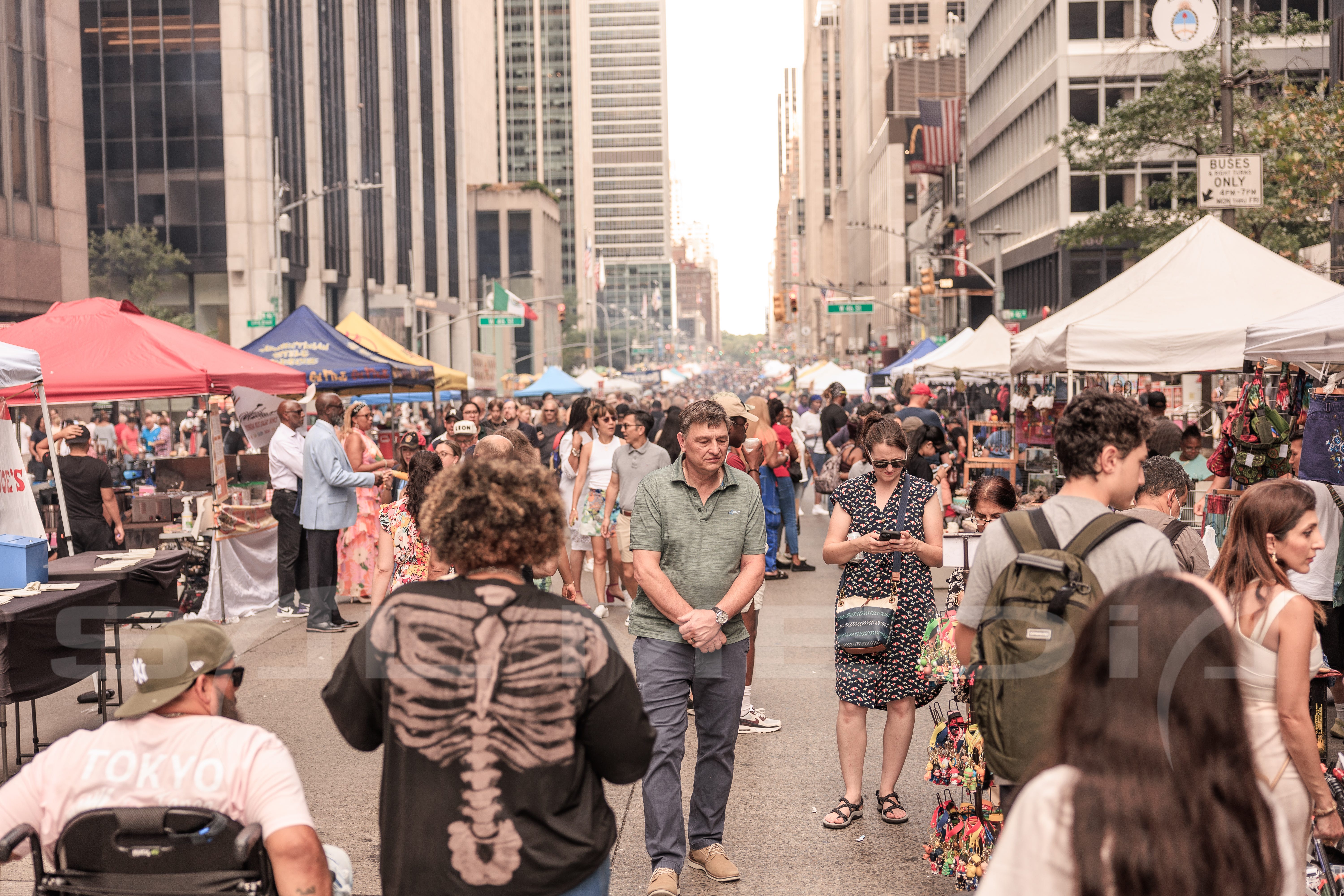
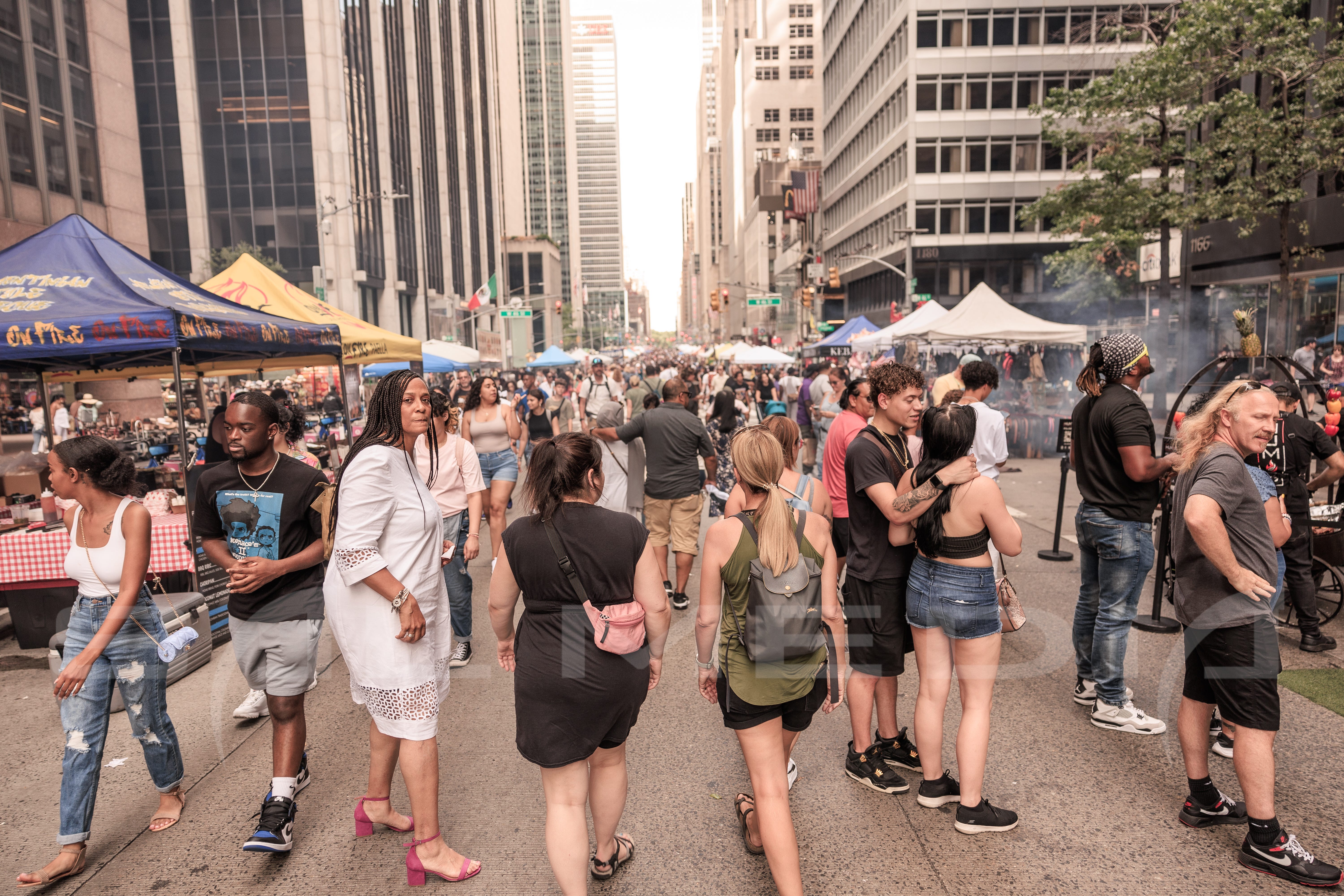
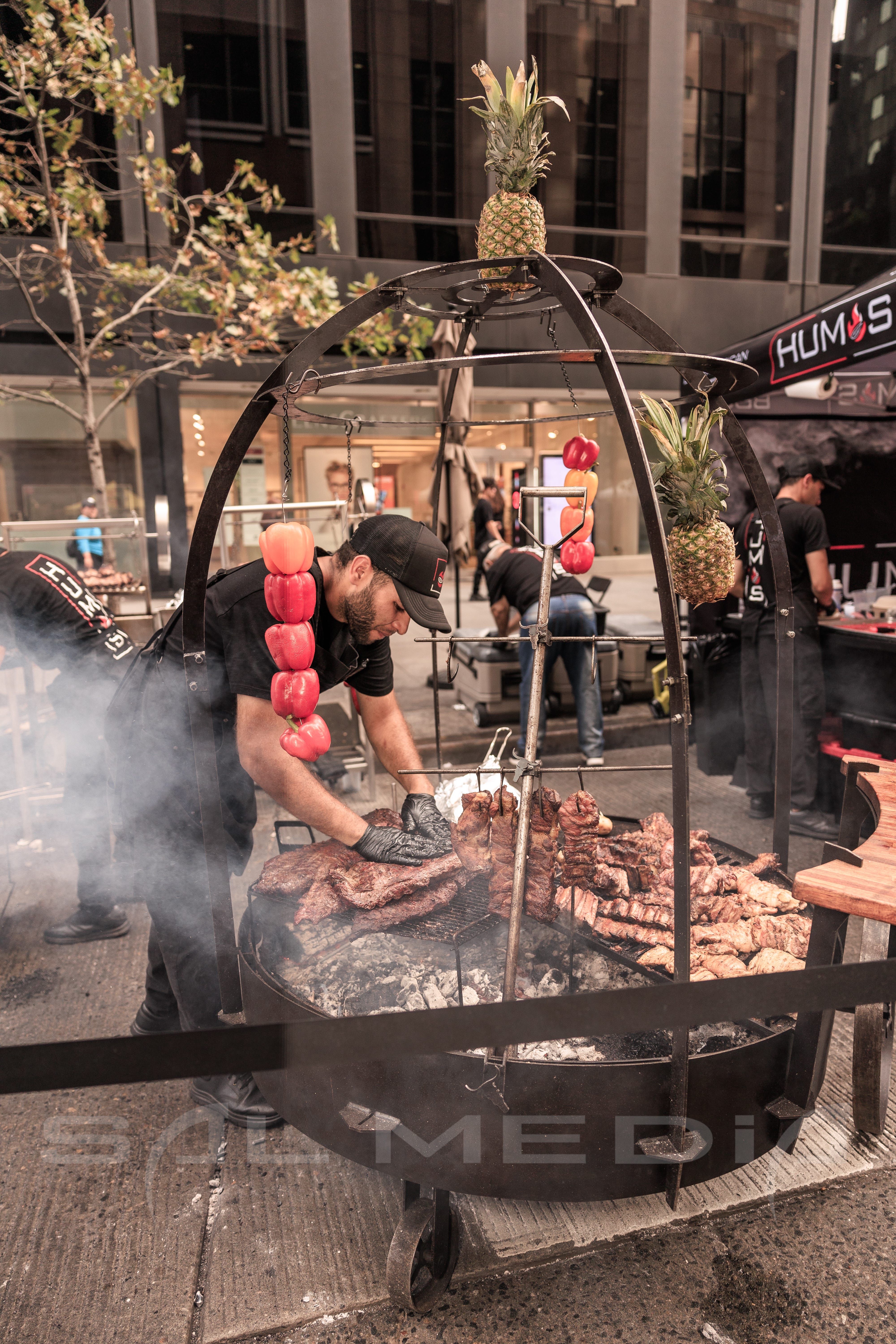
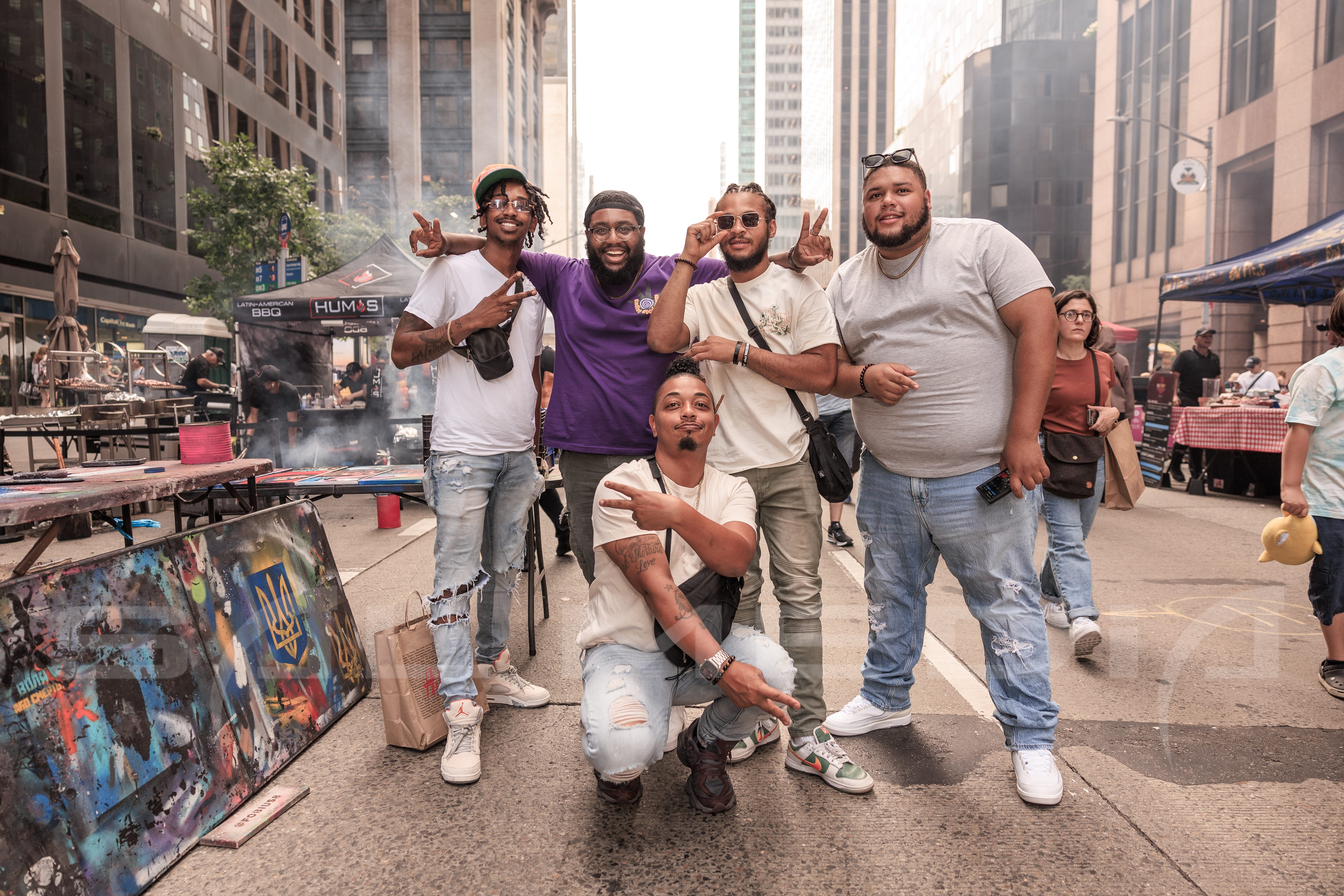
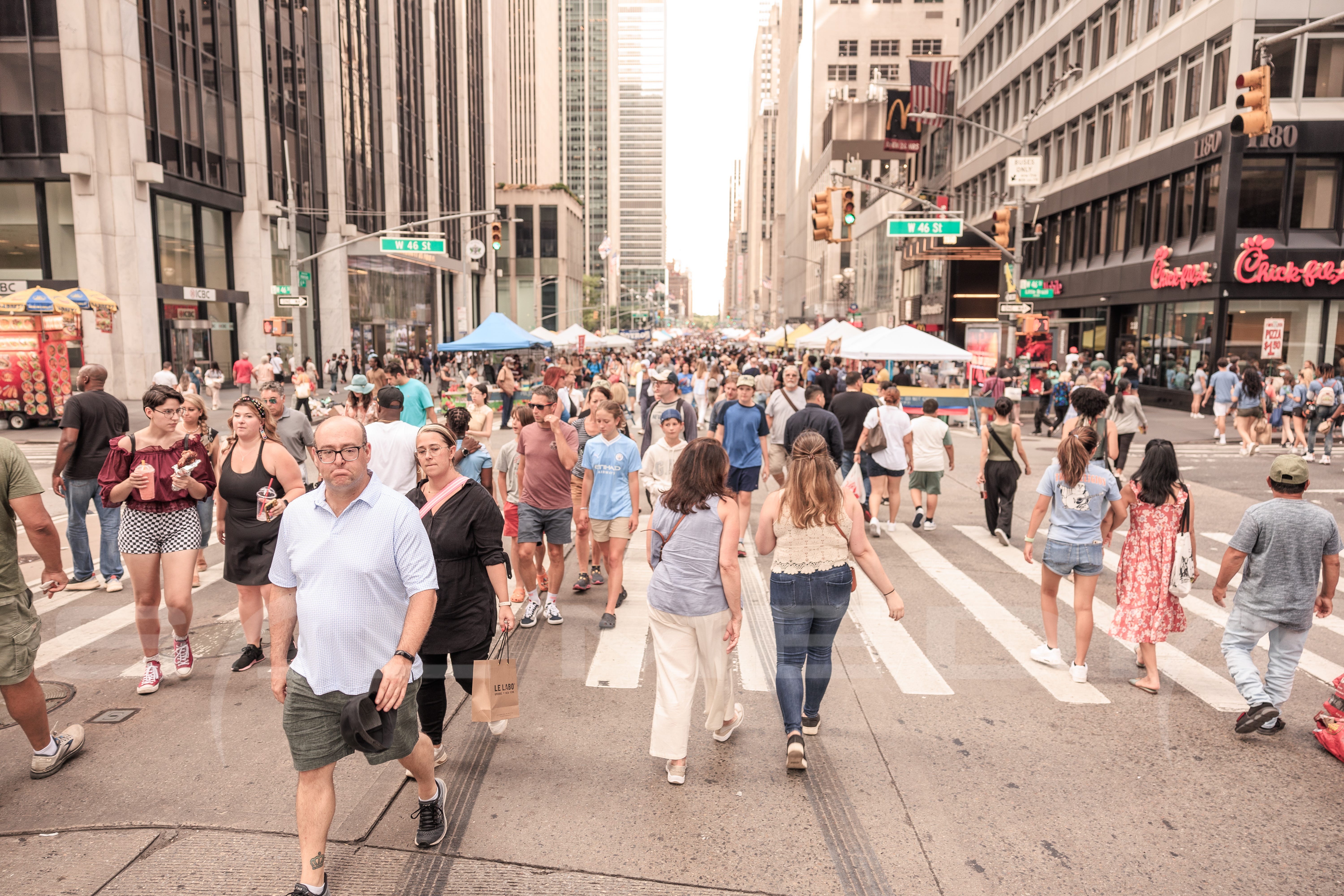
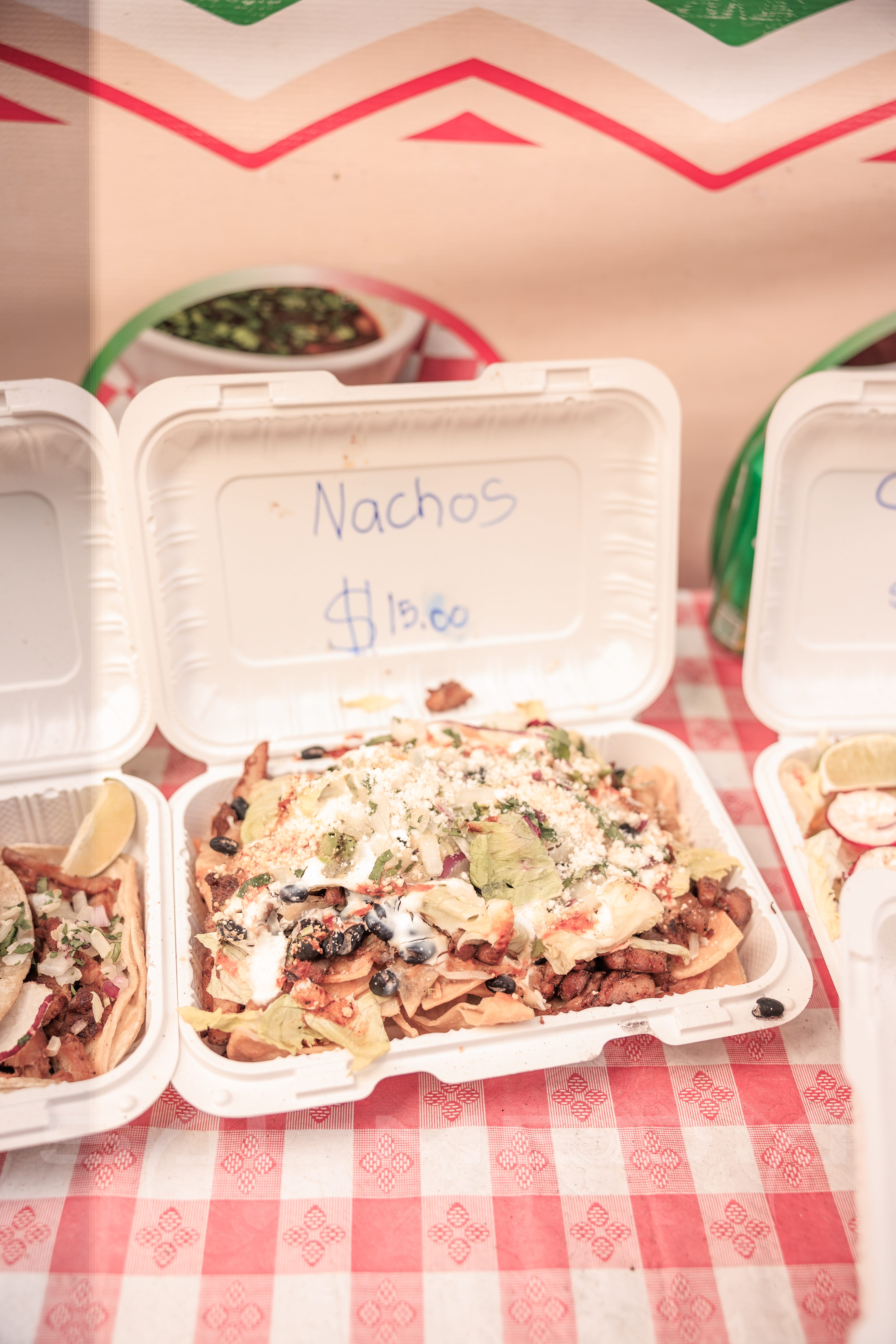
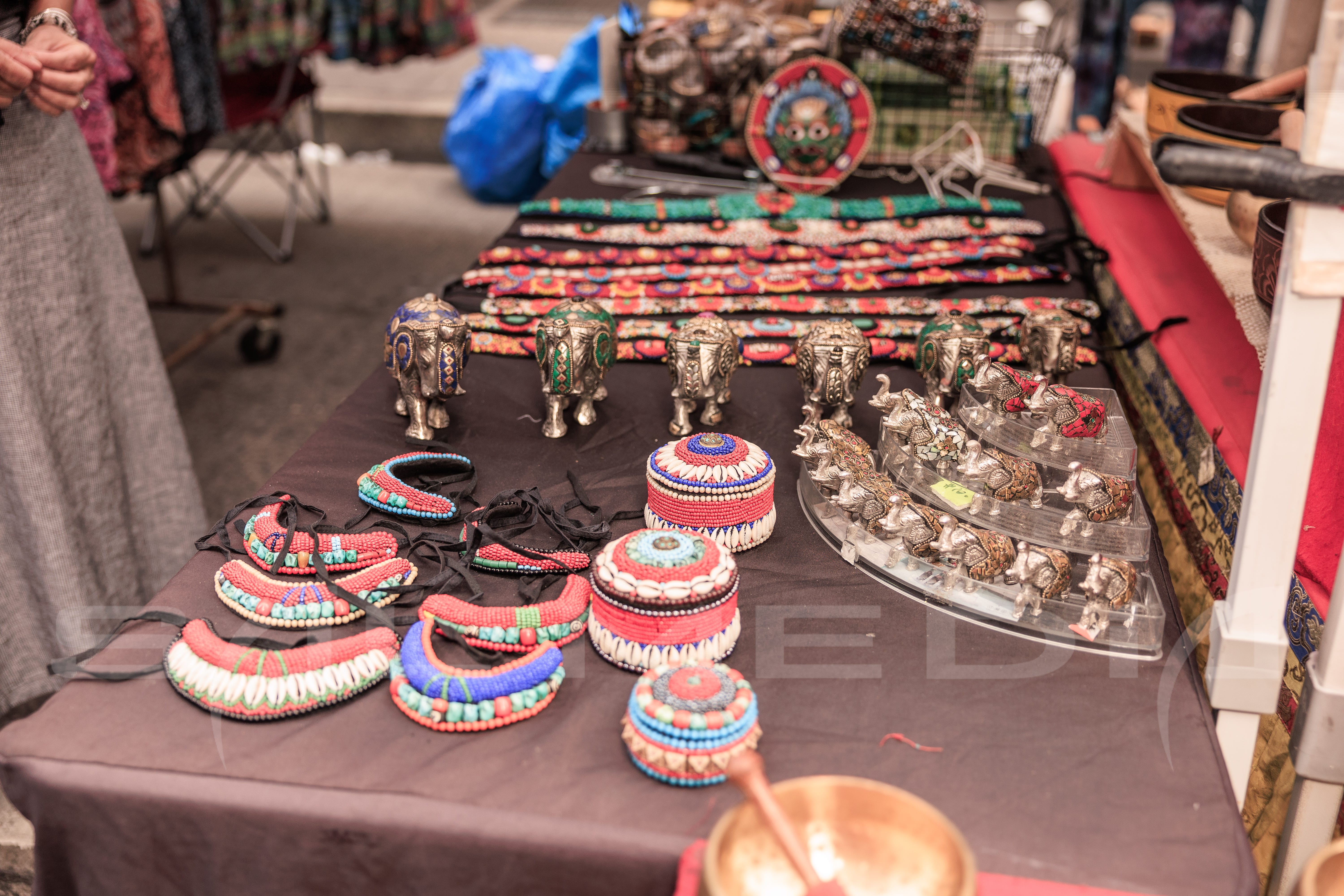
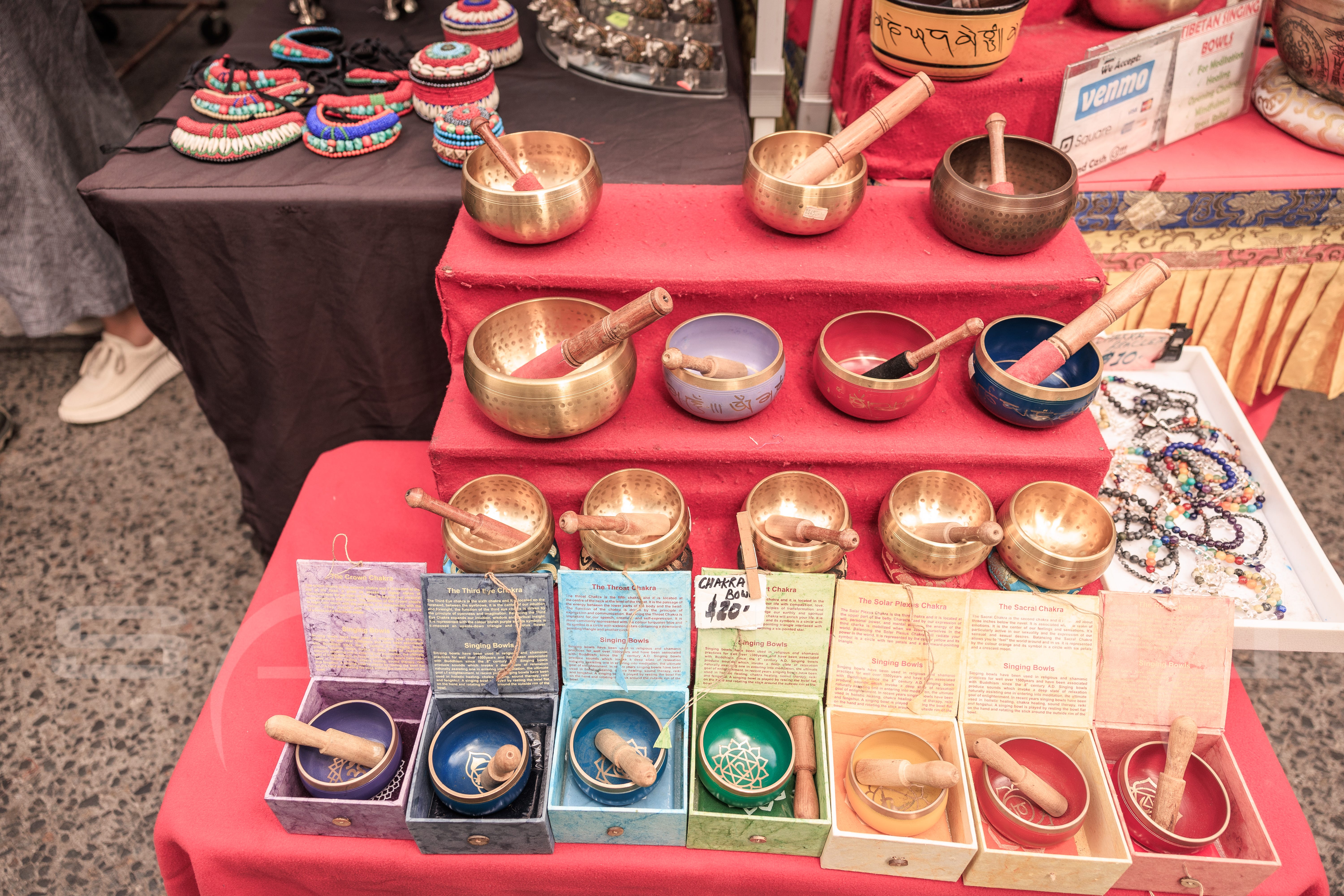
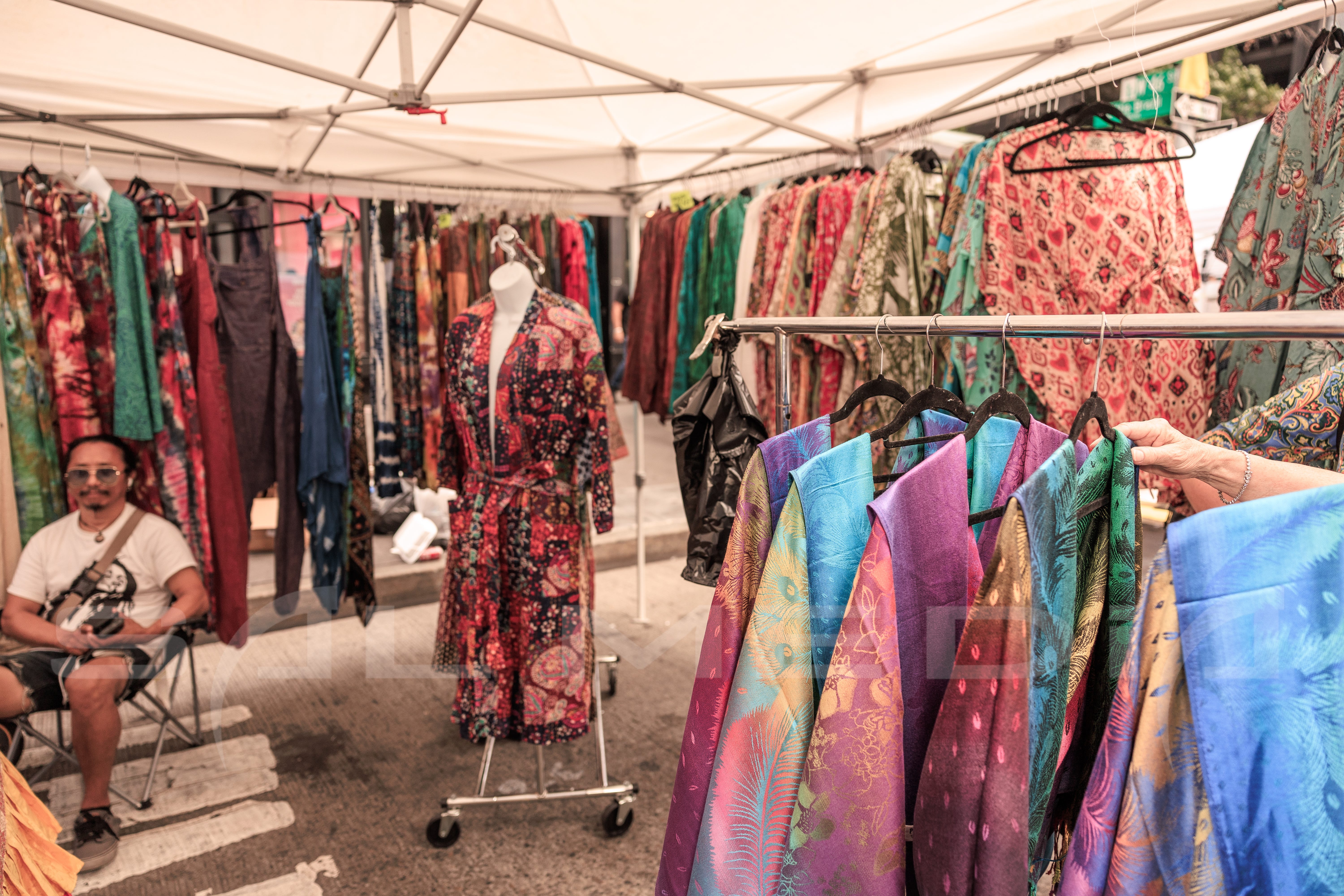

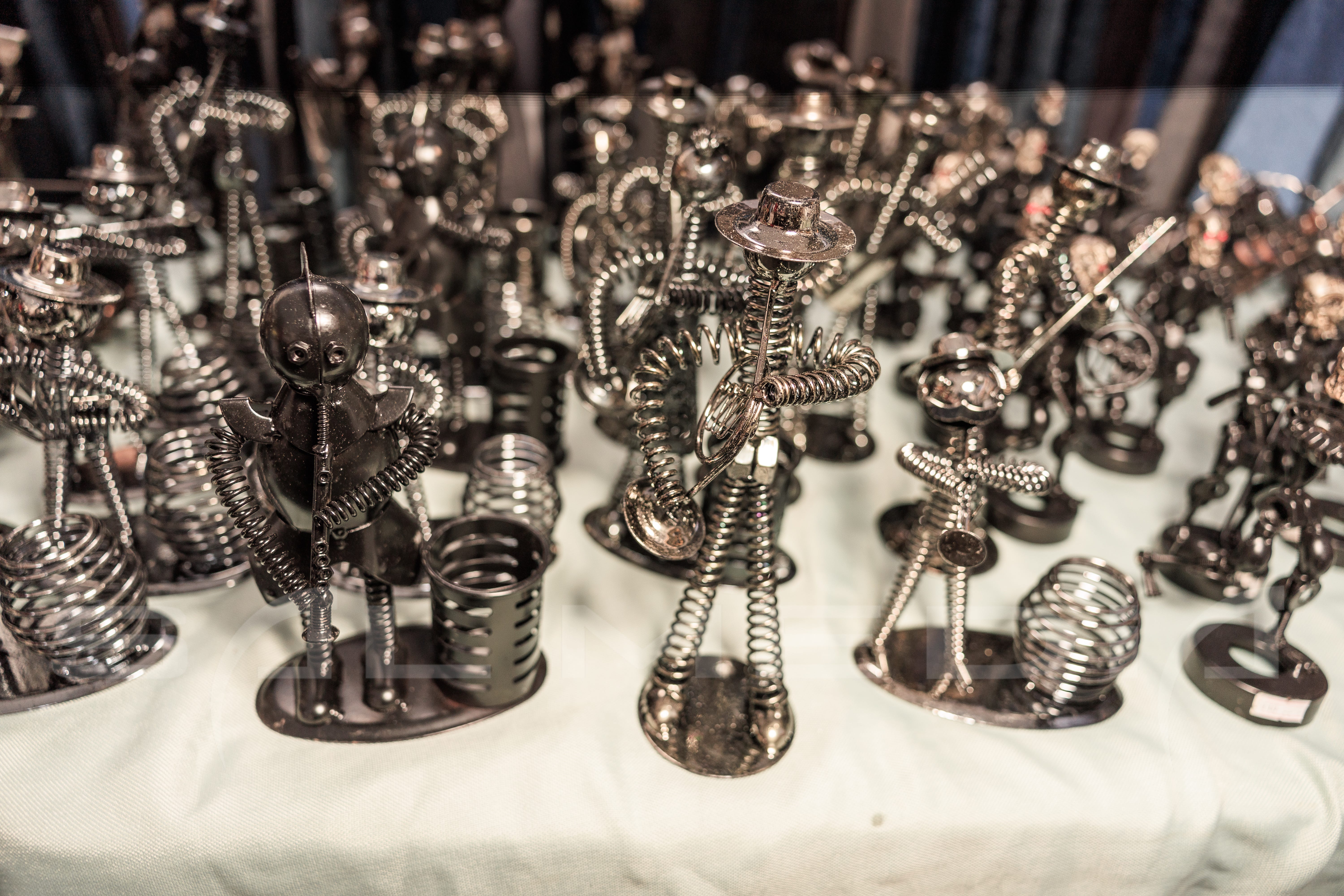



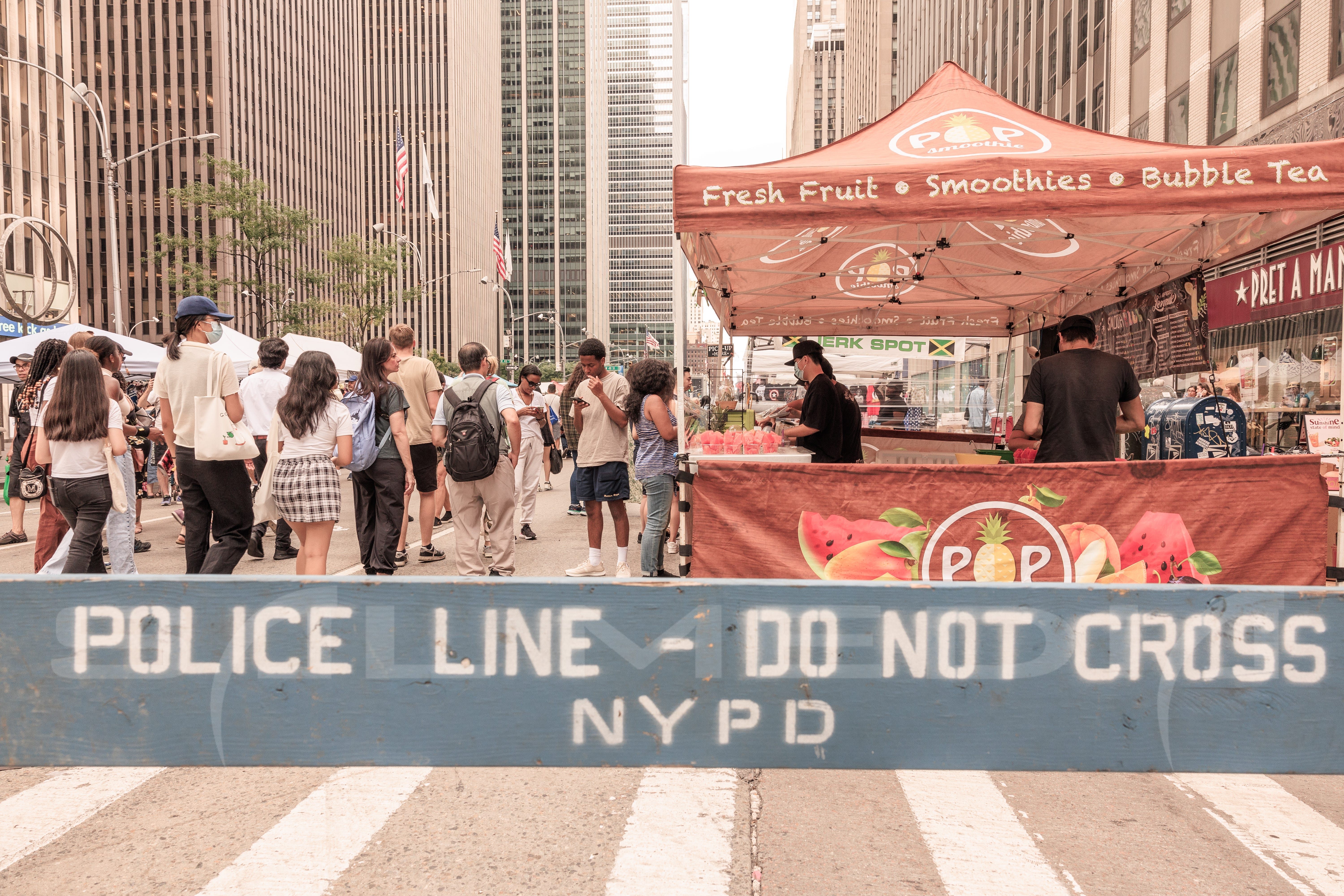
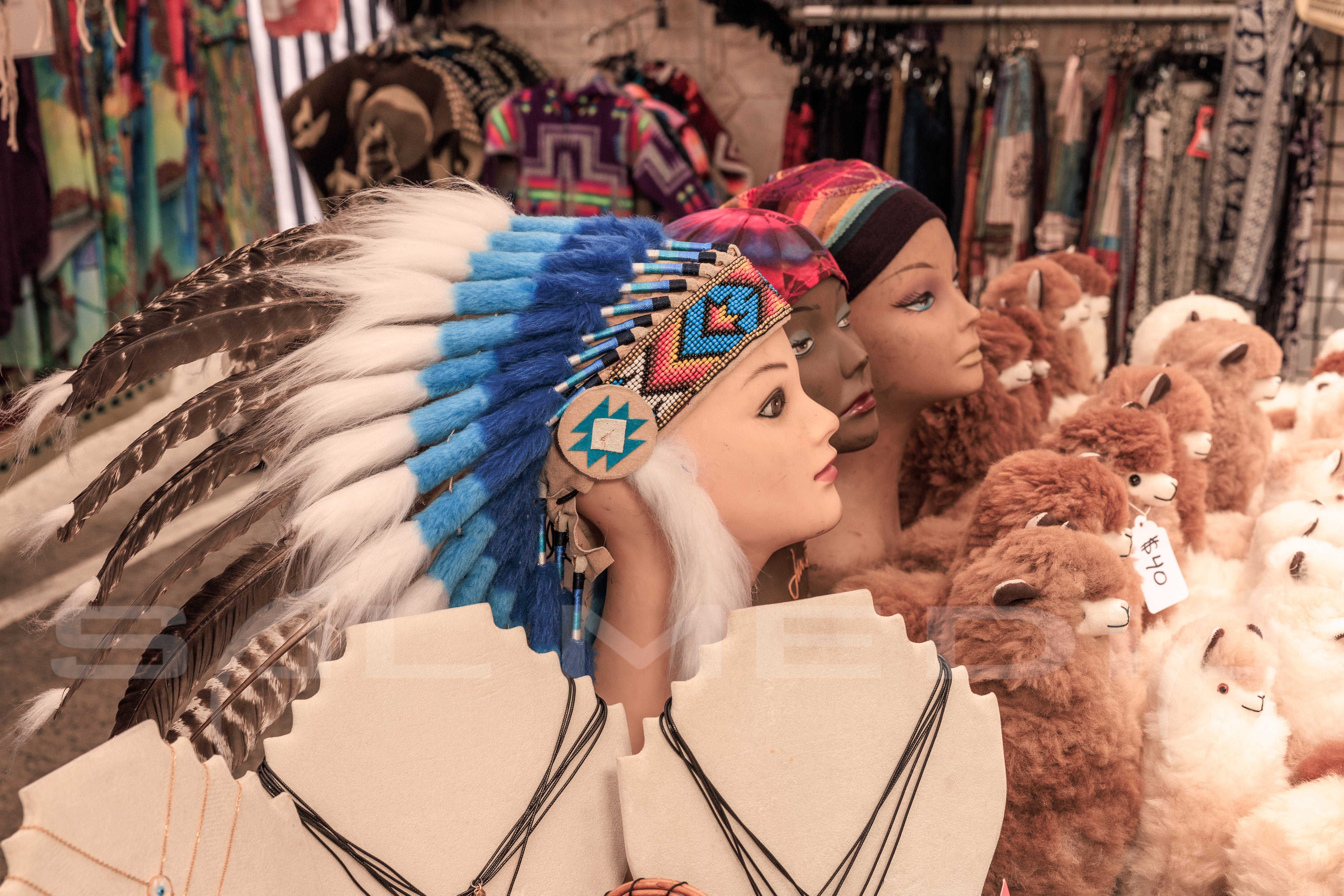
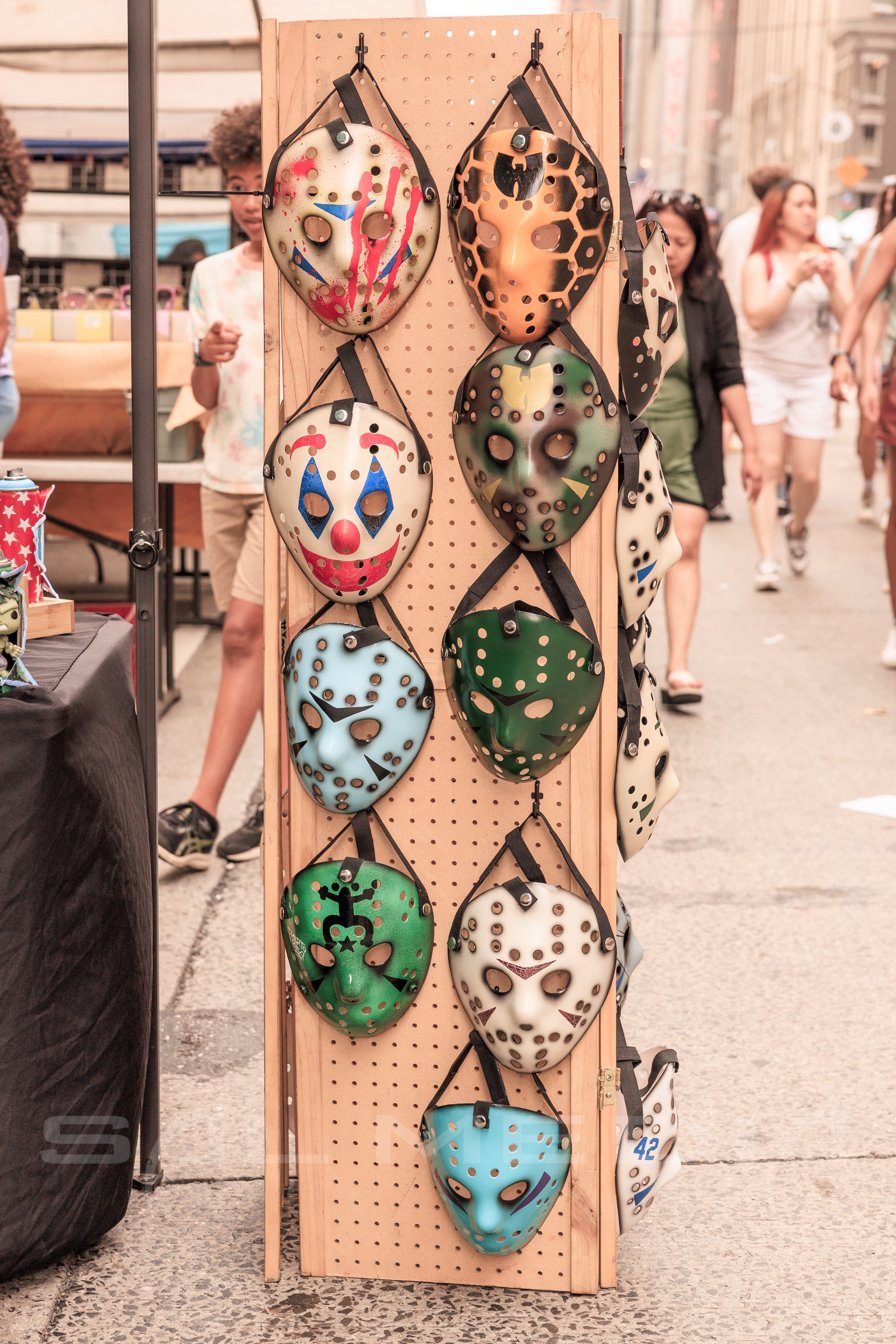
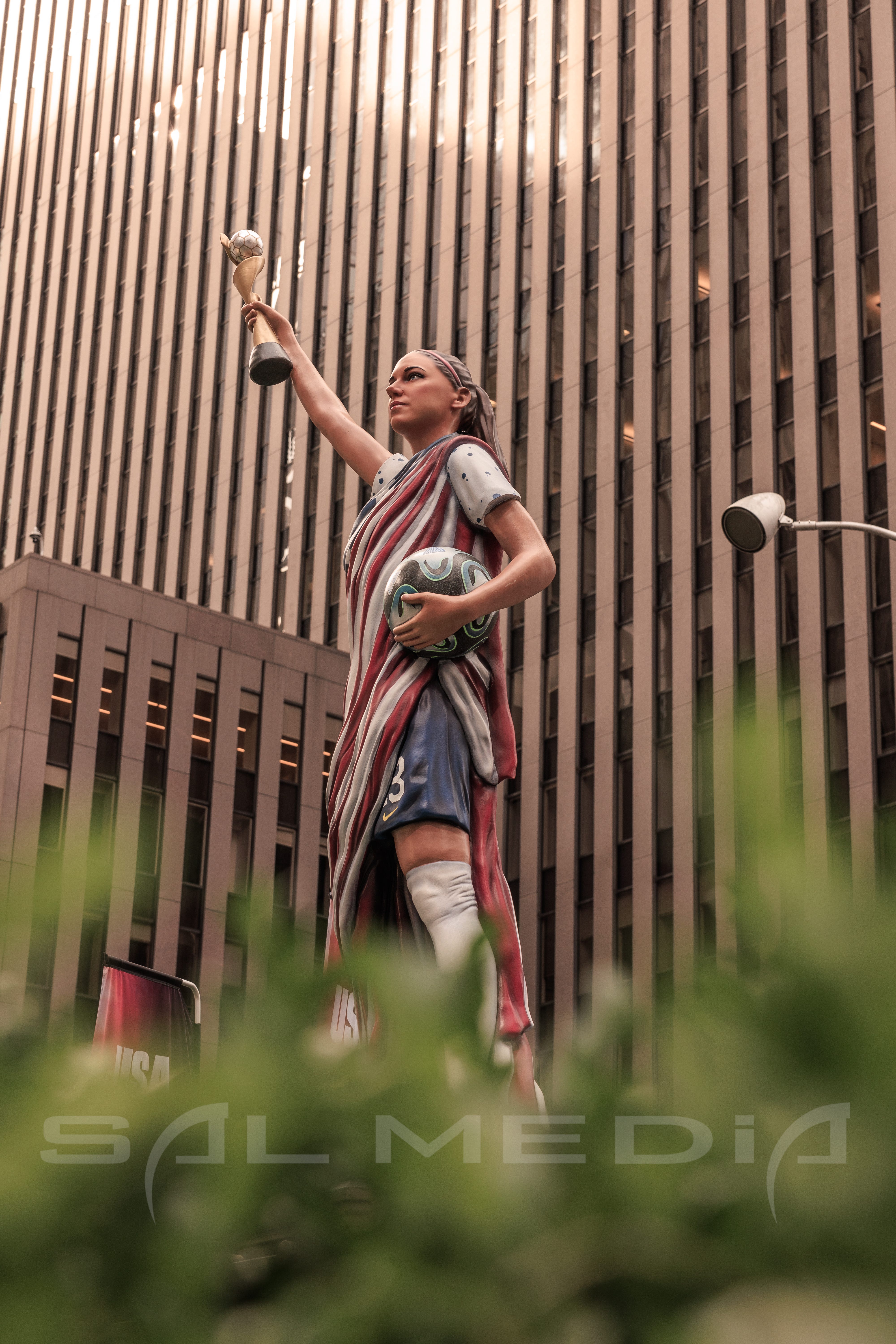
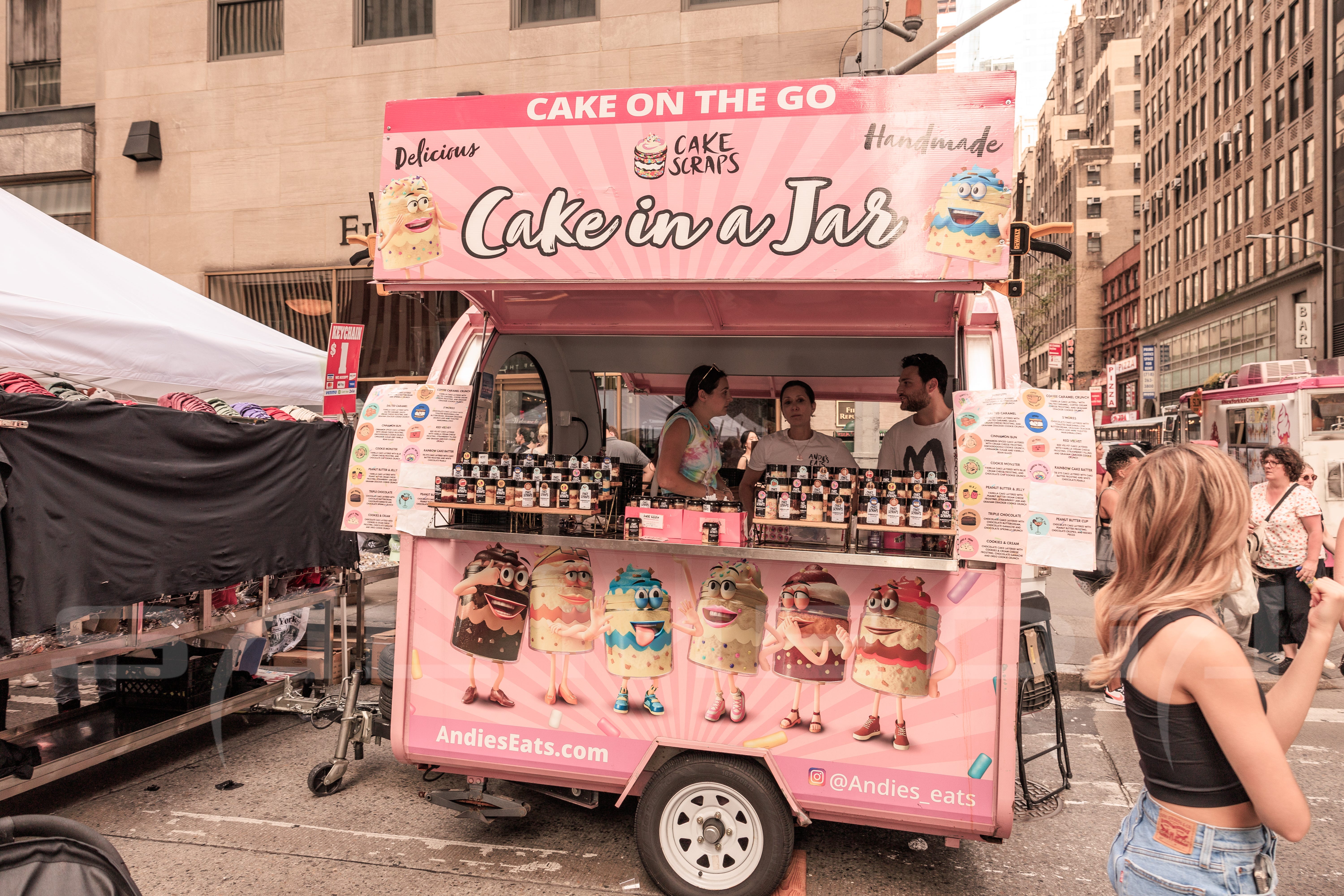
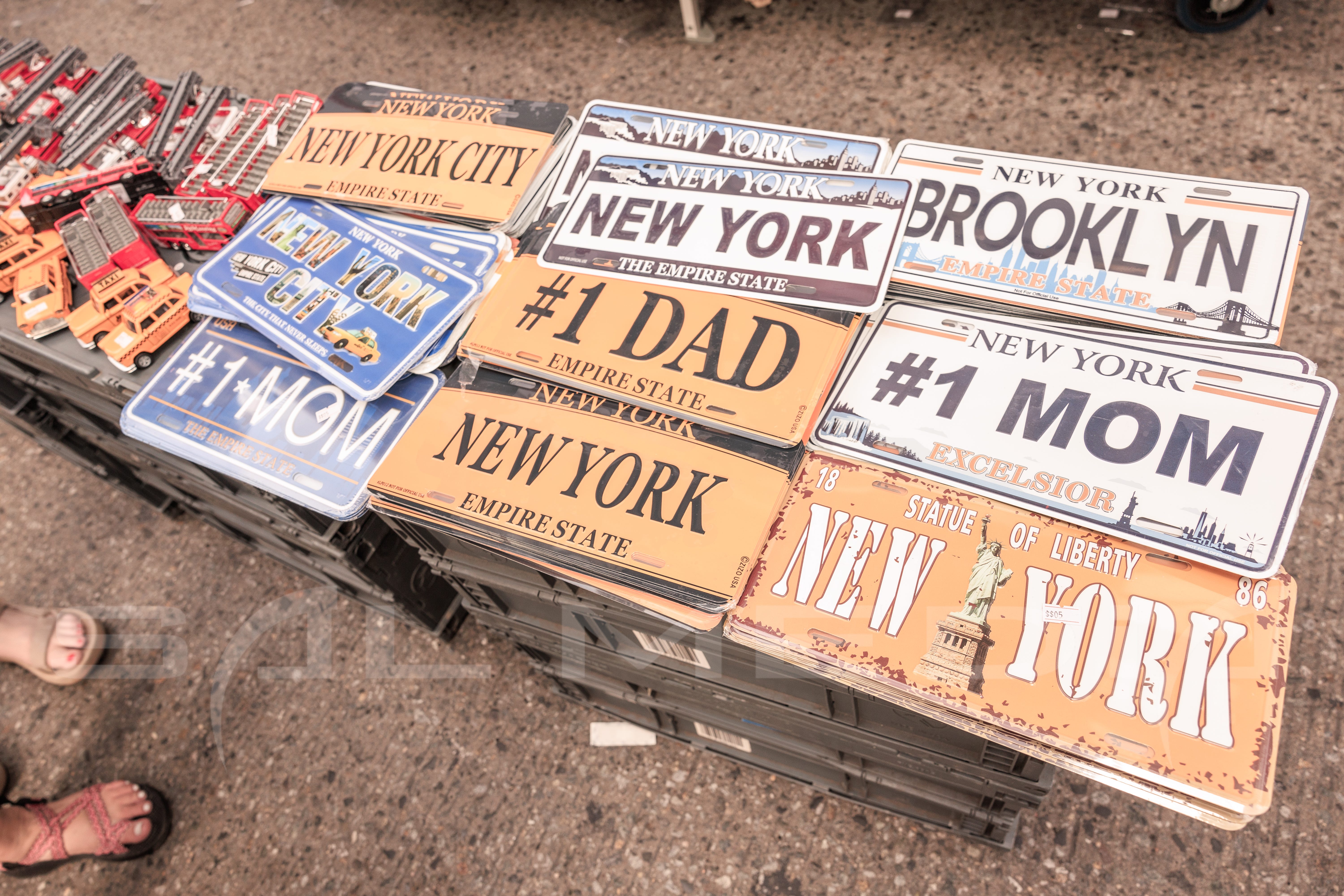
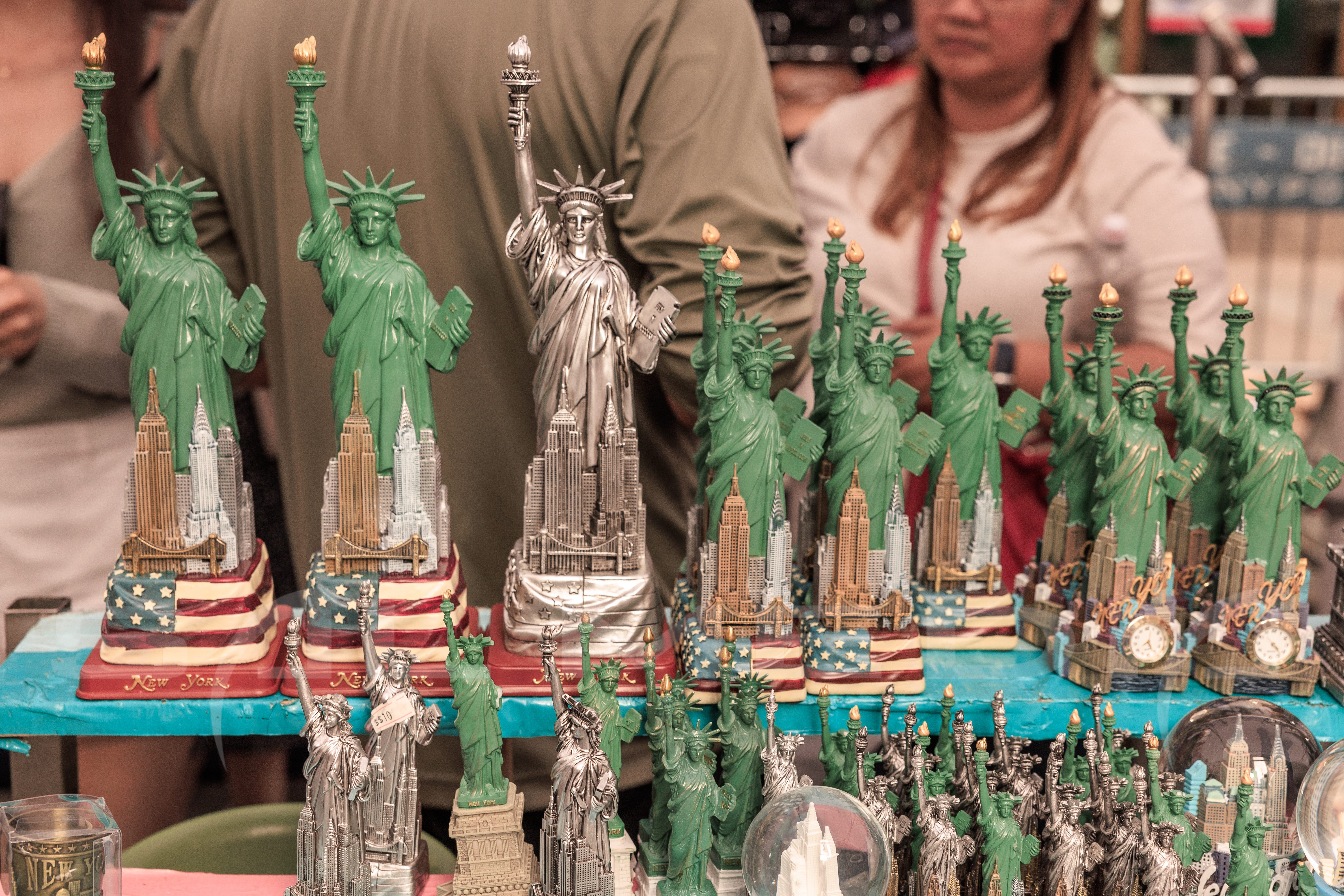
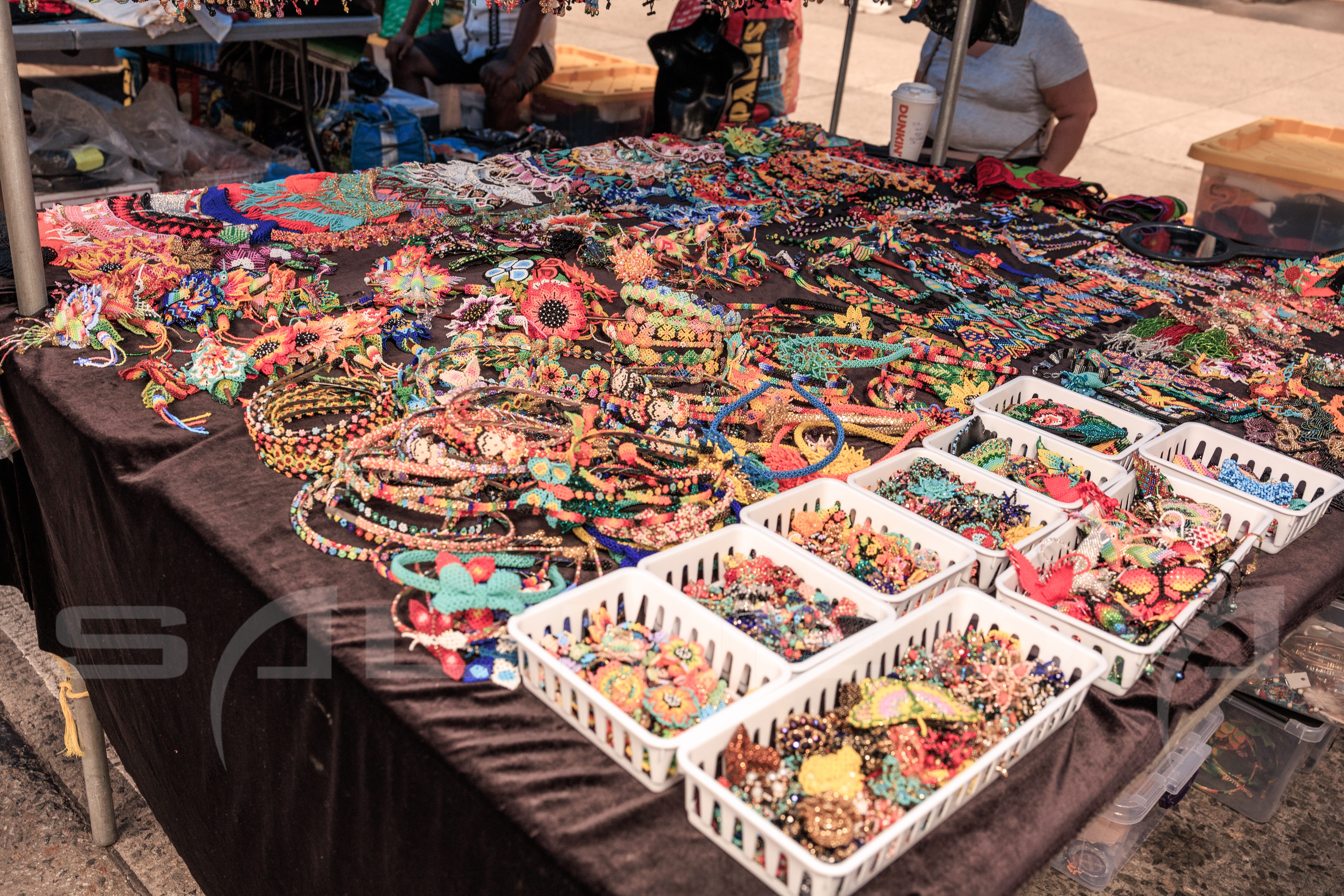

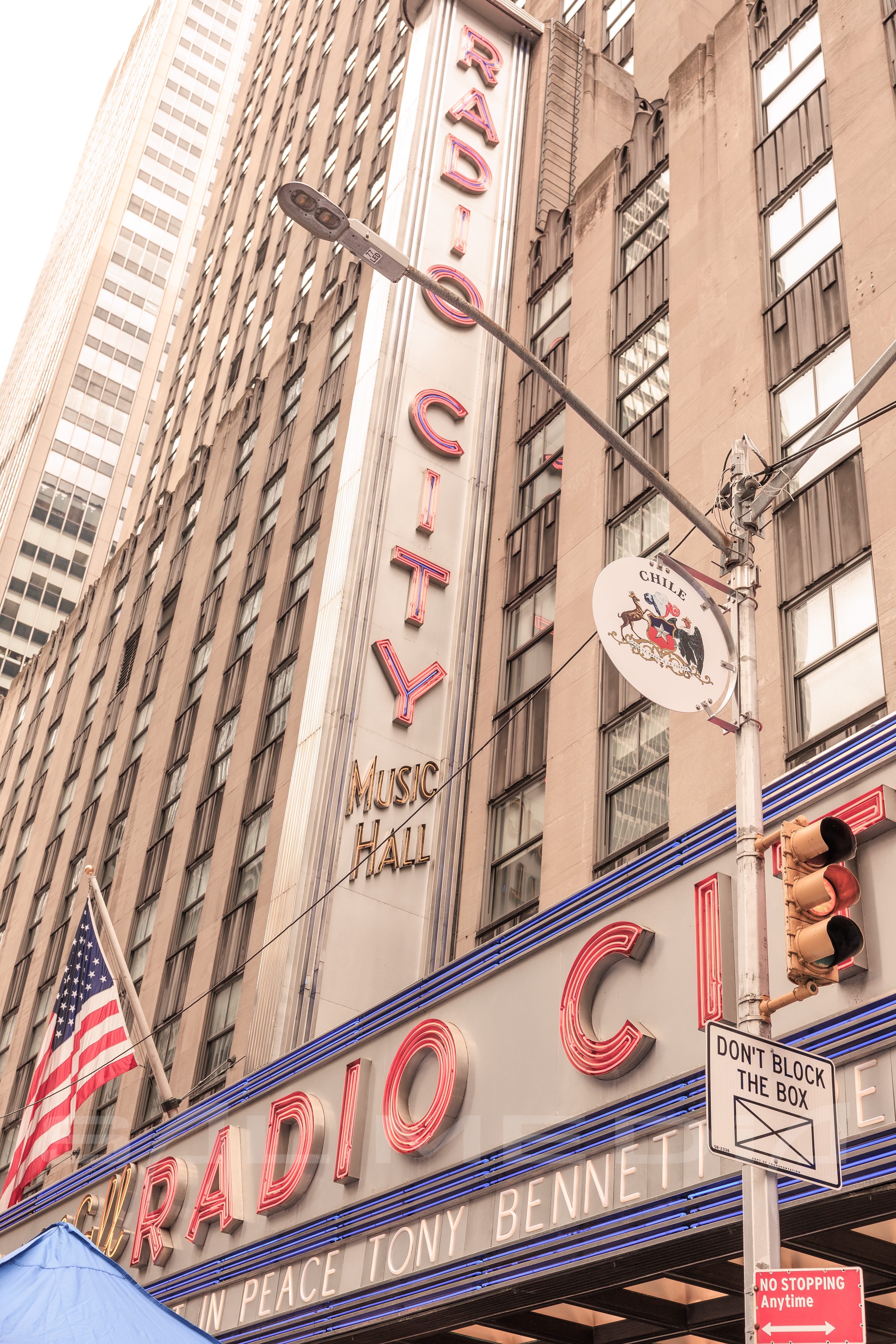
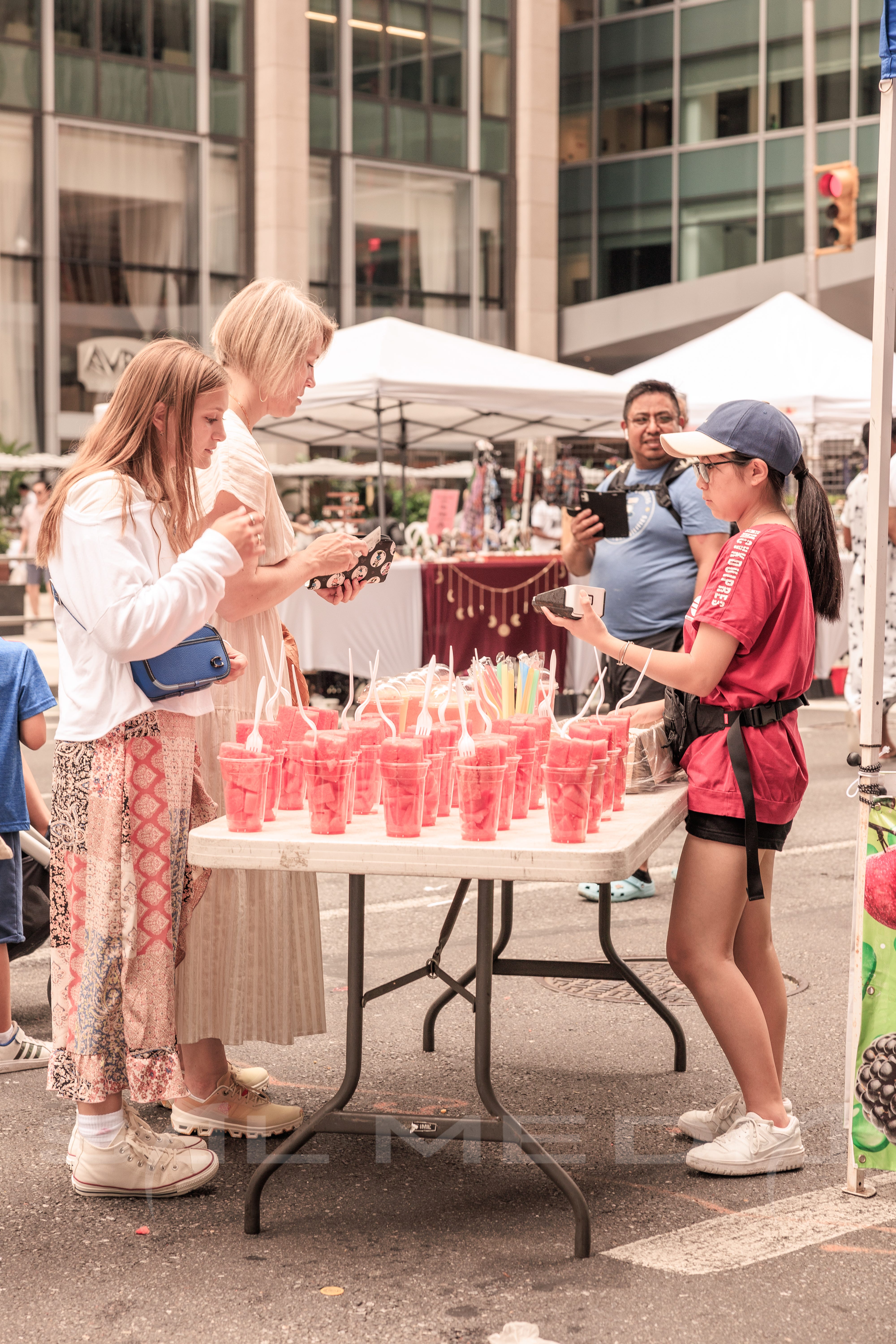

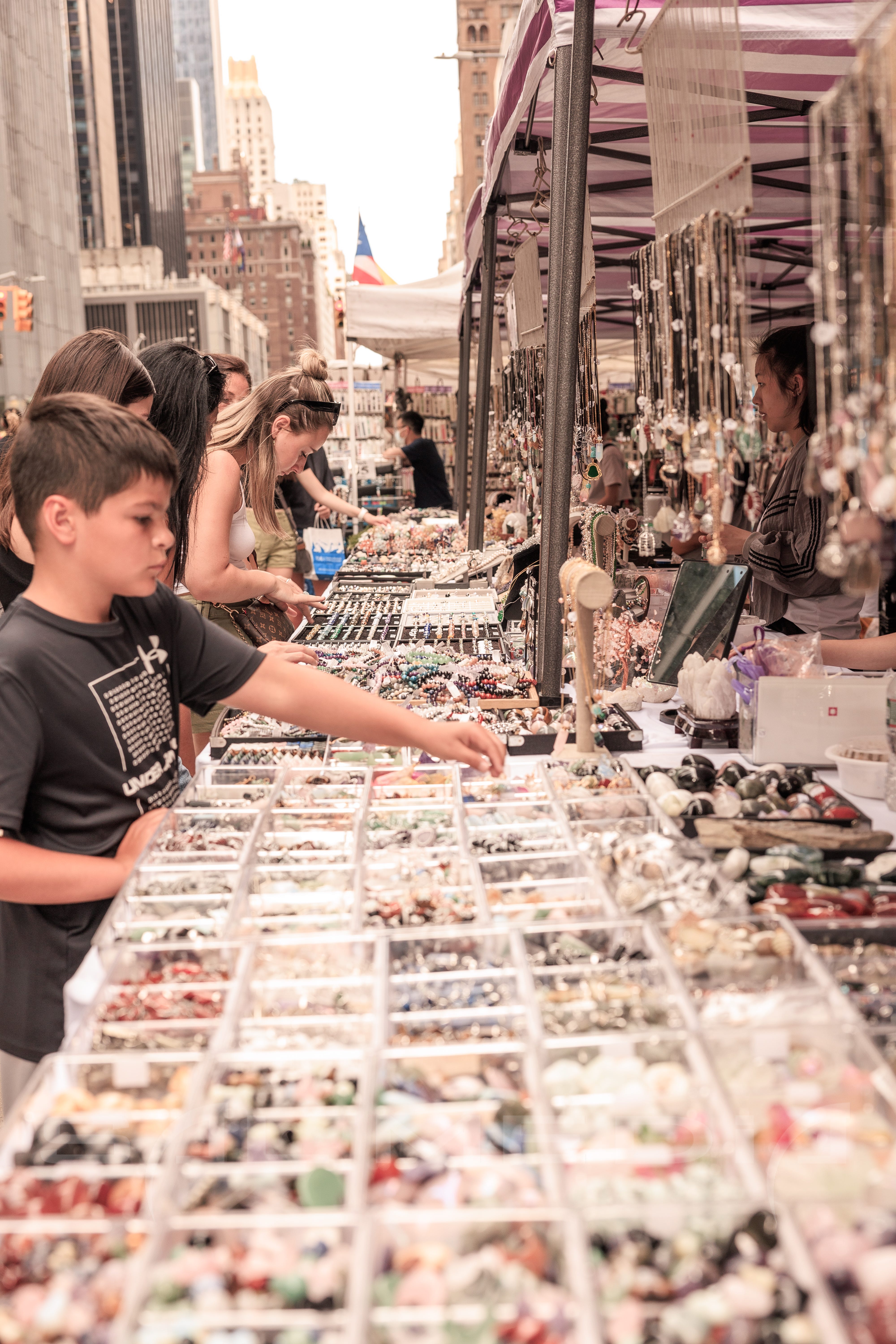

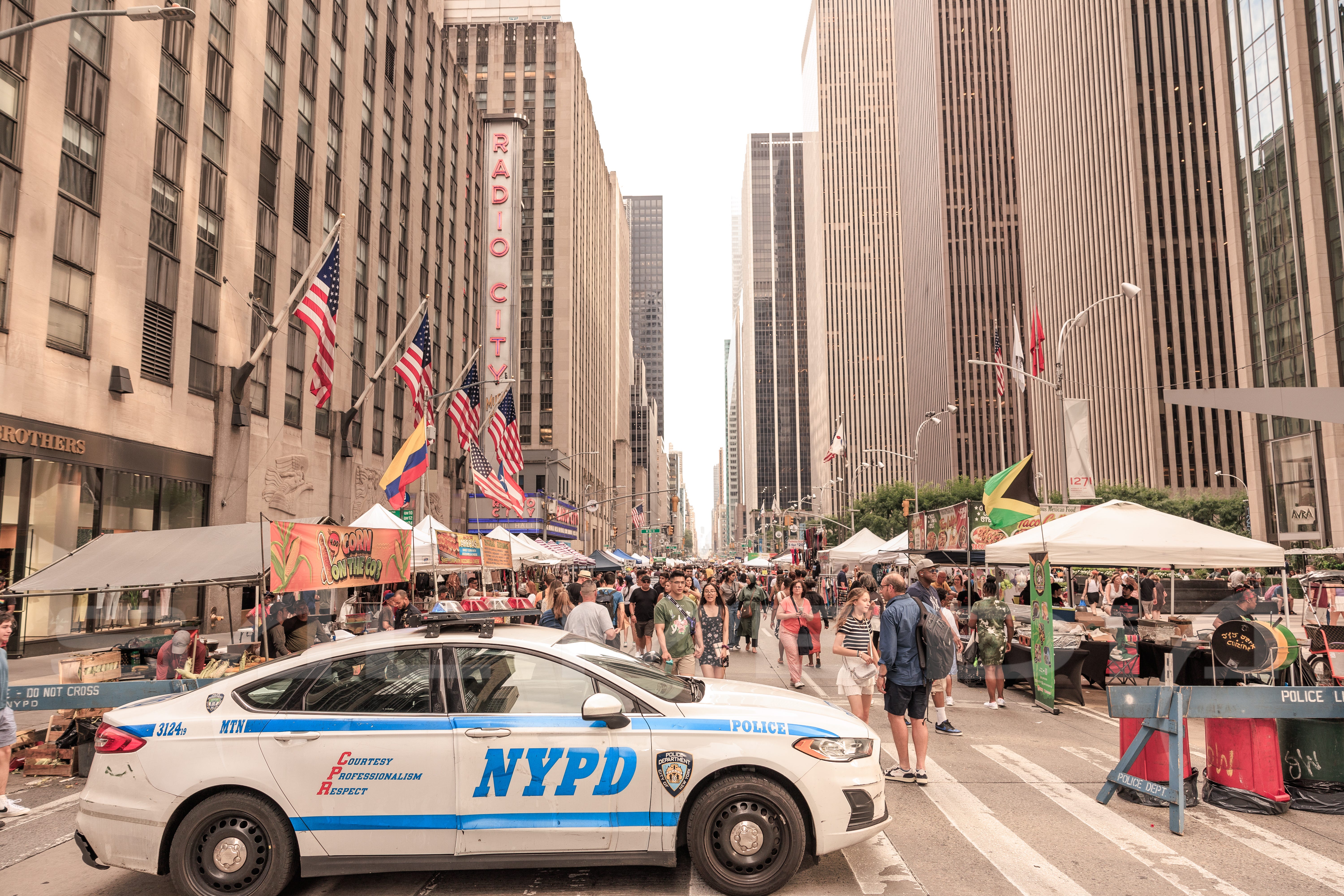
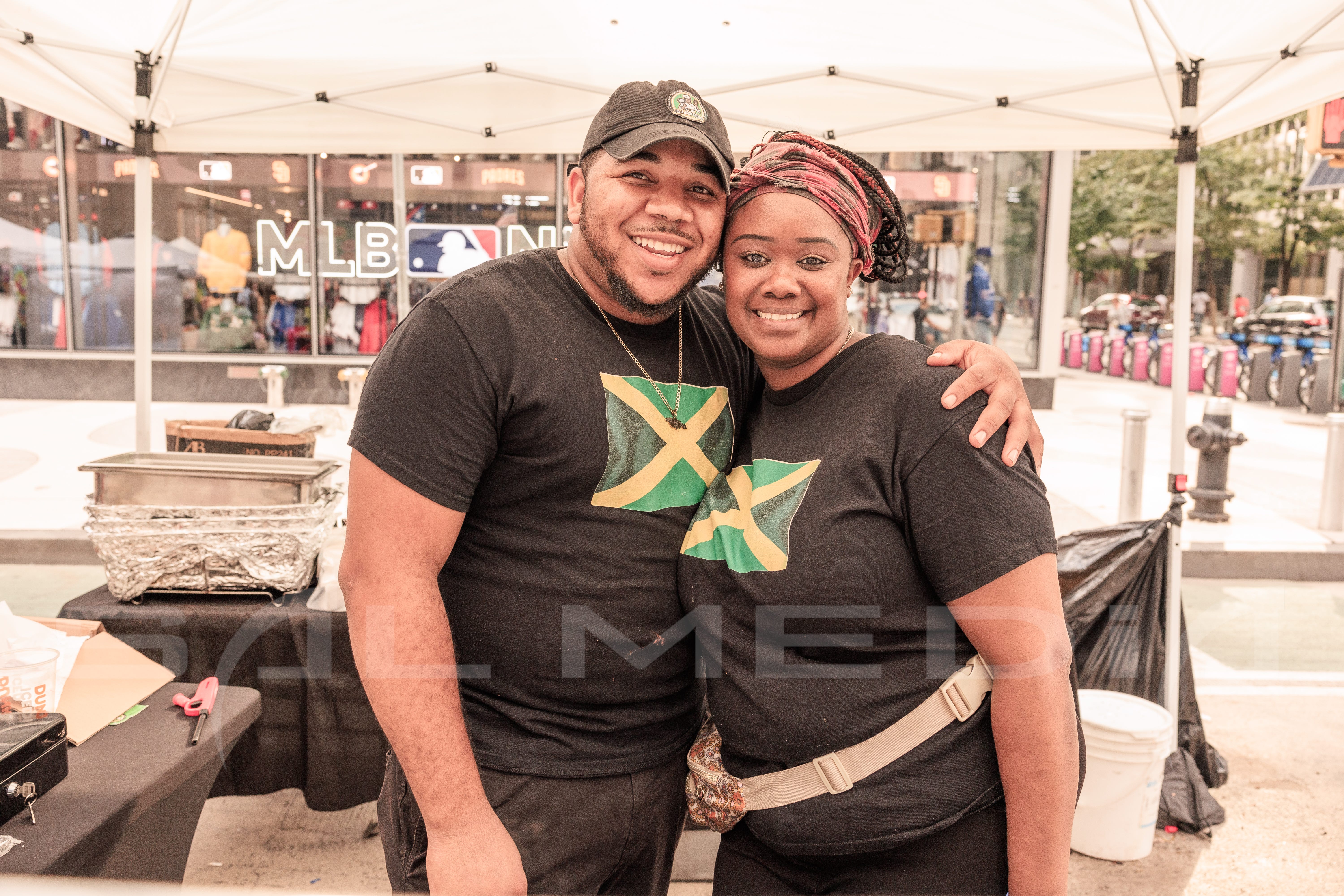
As the sun dipped below the iconic skyscrapers of Manhattan, the streets of New York City came alive with a...
Read More >>Today, New York City’s Fifth Avenue transformed into a vibrant sea of red, white, and blue as the Puerto Rican...
Read More >>In the bustling streets of New York City, a tapestry of cultures and accomplishments is interwoven, creating a vibrant mosaic...
Read More >>New York, NY — Sahai Swim illuminated New York Swim Week 2024 with its collection of neon-colored swimwear that combined simplicity with vibrant...
Read More >>Miami Swim Week was a spectacle of fashion innovation, and among the standout brands was Chloe Rose Swimwear. Known for...
Read More >>On a day that promised an unforgettable showcase of fashion diversity, on February 10th, 2024, at New York Fashion Week,...
Read More >>When you begin to explore your camera settings, you quickly find out that multiple settings are geared towards attracting the...
Read More >>Photography is more than just snapping pictures—it’s about capturing emotions, preserving moments, and telling stories. While traditional photography like portraits...
Read More >>Photography has always been my passion—a way to preserve fleeting moments and turn them into memories that last forever. Over...
Read More >>